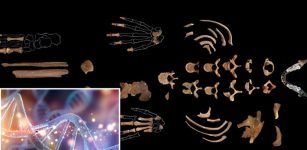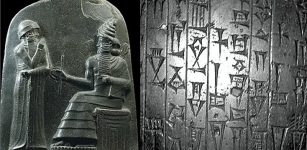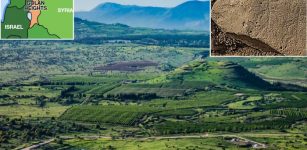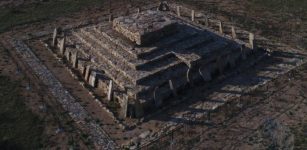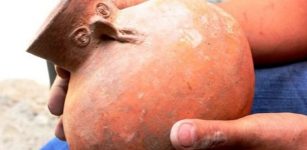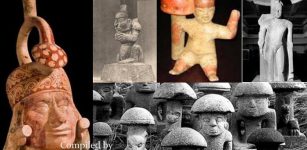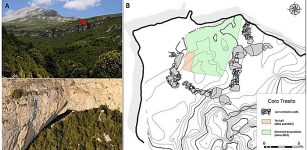Massive Well-Preserved Second Temple-Era Aqueduct Unearthed In Jerusalem
Jan Bartek - AncientPages.com - Researchers have attempted for about 150 years to decipher the secret of how the ancient city's huge water system brought water to Jerusalem during the Second Temple period, and now they have answers.
Part of the uncovered aqueduct in Jerusalem. Photo: Emil Aljem, Israel Antiquities Authority
A large part of an impressive ancient aqueduct has been unearthed in Jerusalem, Israel. Archaeologists say the structure is still so well-preserved it has been possible to date it. About 2,000 years ago, the aqueduct carried water to Jerusalem’s Upper City, where Herod's palace and the houses of the city's elite were located.
Now, scientists uncovered 300 meters of the aqueduct during archaeological excavations on the outskirts of the Givat HaMatos neighborhood. It is the longest section of Jerusalem’s ancient upper aqueduct that has been discovered until now. The section of the upper aqueduct was buried under tons of modern soil and waste.
"At the height of the Second Temple period, Jerusalem experienced significant growth. The Temple was rebuilt, and water that flowed from springs and wells in the area was no longer sufficient for the thousands of pilgrims and residents. Water needed to be brought to the city from distant sources.
As a result, the Hasmoneans and King Herod constructed two complex aqueducts leading water to Jerusalem. These were among the largest and most elaborate water systems in ancient Israel and in the ancient world as a whole," Dr. Ofer Sion and Rotem Cohen, who were in charge of the excavation by the Israel Antiquities Authority, explained.
"The aqueducts collected water from springs in the Bethlehem region. Using massive reservoirs, physical laws, topography and an extraordinary technological ability, the water was directed across dozens of kilometers until it reached Jerusalem.
Excavation site in Jerusalem. Photo: Emil Aljem, Israel Antiquities Authority
The Upper Aqueduct, a section of which has now been exposed for hundreds of meters, carried water to the Upper City (today's Jewish and Armenian quarters), while the Lower Aqueduct led water directly to the Temple Mount," the YNet News reports.
As reported by the Jewish Press, "the Upper Aqueduct continued to be used after the destruction of Jerusalem in 70 C.E. The Roman Tenth Legion, the destroyer of the Temple, established itself camp in the upper city. More than 60 years later, after the Bar Kokhba rebellion (132–136 CE), when the Romans replaced Jerusalem with the pagan city Ilia Capitolina, the Tenth Legion continued to use the sophisticated aqueduct. The Romans made extensive renovations of the aqueduct and raised it by half a meter, say Drs. Shion and Cohen.
Coin from the Jewish revolt found in the aqueduct. Photo: Ofer Sion, Israel Antiquities Authority
“In the plaster at the foundations of the aqueduct from the time of the Tenth Legion, we found 25 coins, scattered at relatively equal distances, including a coin from Year 2 of the Great Revolt against the Romans, 67-68 CE,” they say, adding, “In our opinion, this is not a coincidence: just like the practice today, the coins were placed there for good luck.”
See also: More Archaeology News
“The uncovering of the longest contiguous section of the upper aqueduct, and the discovery of the 25 coins, will allow, for the first time, a complete dating of the various stages of the construction of Jerusalem’s aqueducts, and perhaps even shed light on the question of who was the original builder, the Hasmonean kings or King Herod,” the researchers say.
Written by Jan Bartek - AncientPages.com Staff Writer





